The data center today is no longer built one beam at a time; it’s being assembled, fast, clean, and factory-made. Walk past a prefabricated yard and you’ll see factory-perfect modules stacked like shipping containers, power skids, chilled-water racks, sealed IT pods, each one pre-tested, certified, and waiting for a truck. What used to take two years can now be completed in months.
Prefabrication doesn’t cut corners; it shifts work from noisy sites to controlled factories, where precision and speed are part of the process. For companies racing to add AI capacity or push compute closer to users, that change isn’t marginal; it’s the difference between keeping pace and falling behind.
This raises a new question for the industry: can prefabrication truly redefine how fast the world builds digital capacity?
Why are traditional builds hitting a wall?
For decades, the data center was built layer by layer, concrete, conduit, cooling, then cables. That sequence is now the industry’s slowest bottleneck. As AI workloads rise and edge demand spreads, the old 24-month construction cycle can’t keep pace. McKinsey & Company estimates most hyperscale projects still take 18 to 24 months from blueprint to commissioning, slowed by transformer shortages, grid-connection queues, and multi-stage approvals.
The Uptime Institute’s 2024 global survey flags the pace as one of the “great constraints” on global expansion, noting that even minor utility delays can stall entire megawatt pipelines.
Average Data Center Deployment Timelines: Traditional vs. Prefabricated
Each component, power, cooling, network, runs on its own procurement clock, and one late delivery can freeze an entire site. Prefabrication reorders that logic. It moves assembly to controlled factories where power and cooling rooms are built, tested, and certified while the foundation is still being poured.
The result is not just faster delivery but parallel progress, on-site and off-site, that cuts deployment time nearly in half. For an industry where time is now the hardest metric, prefab is starting to look less like an alternative and more like an inevitability.
Factory-Built Innovation: The New Infrastructure of Rapid Deployment
Prefabrication is no longer a side experiment; it has evolved into a manufacturing revolution. Inside controlled assembly plants, the modern data center is built as a product, not a project. Vertiv now constructs fully integrated power rooms that combine switchgear, UPS systems, and cooling within modular shells. Its global manufacturing hubs in Ohio and Croatia can produce multi-megawatt blocks that ship 95% factory-tested and ready for connection, cutting delivery to under 14 weeks.
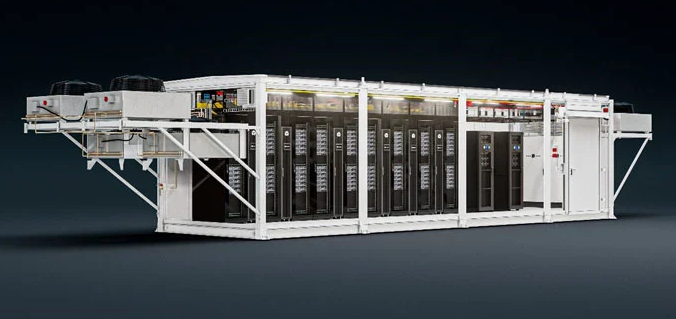
Schneider Electric follows a similar path. Its EcoStruxure Modular Data Centers, built in hubs across France, India, and the U.S., combine electrical distribution, battery systems, and precision cooling in a single framework. The company reports deployment times typically 30% shorter than traditional builds, shrinking on-site work from 36 weeks to roughly 16.
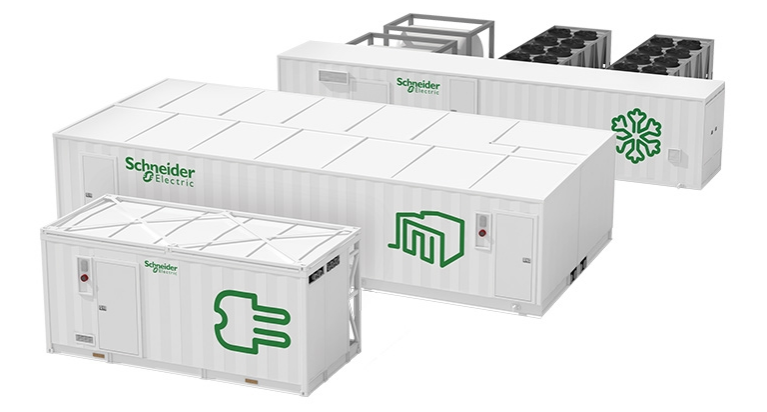
In China, ZTE’s AI-Ready Modular Centers extend the idea to GPU-dense racks, pre-fitted for liquid cooling and scaled from 20 to 200 racks. Even Microsoft’s Circular Centers are now staging refurbished power and cooling modules for redeployment, fusing sustainability with speed.
Average On-site Build Times: Traditional vs. Prefabricated Data Centers

Market data indicate why this shift is significant; the modular data centre segment is projected to grow from USD 29.9 billion in 2024 to USD 79.5 billion by 2030, representing a compound annual growth rate of nearly 18%.
Prefabrication is becoming the new engine of global capacity expansion, as it assembles precision-built infrastructure at the pace AI demands.

How Are the Big Players Transforming Prefabrication Into a Technology Discipline?
They’re doing it by industrializing the subsystems that once made data center construction slow, unpredictable, and labour-heavy. The biggest shift is happening in power infrastructure.
Vertiv has moved the entire electrical backbone, switchgear, UPS, and controls into pre-engineered power rooms assembled under factory-grade QA. Its 2023 modular power platform showed how these units leave the plant already tested, certified, and capable of delivering multi-megawatt capacity with consistent commissioning times, replacing the on-site coordination that used to cause delays.
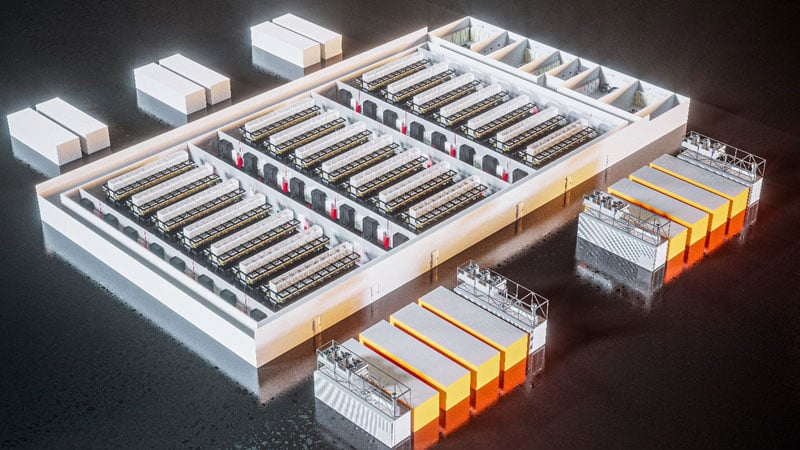
Cooling is undergoing the same transformation. Schneider Electric’s AI-ready prefab line, launched in 2025, manufactures liquid-ready cooling skids and heat-rejection assemblies that are built, validated, and packaged as complete modules. These blocks drop into hyperscale layouts and bring predictable thermal performance to GPU deployments that would otherwise need months of mechanical integration.
At the compute edge, integration is going even deeper. ZTE’s AI-ready pods ship with liquid manifolds, containment, power, and monitoring stitched in from the factory, effectively turning the data hall into a pre-assembled product.

Microsoft’s Circular Centers extend this logic by refurbishing and redeploying power and cooling blocks globally, treating modules as assets in circulation rather than disposable site builds.
Together, these moves show that prefabrication is no longer about speed alone. It’s about shifting the industry from building infrastructure to manufacturing it.
A Future Built in Factories, Not Fields
The next phase of data center growth won’t hinge on land, labour, or permitting alone. It will hinge on whether the industry can manufacture capacity at the speed AI workloads demand. Prefabrication is already showing the path forward.
Schneider Electric expects modular infrastructure to make up a growing share of edge and regional builds through 2026, driven by energy constraints and GPU density requirements that favour repeatable factory integration.
Analysts project the global modular data center market to climb from roughly USD 29.9 billion in 2024 to nearly USD 80 billion by the end of the decade, a sign that the manufacturing model is transitioning from alternative to default.
What makes the shift inevitable is not just speed but consistency. Factory-built electrical rooms, cooling blocks, and pod-level assemblies eliminate the variance that used to make commissioning unpredictable. They also reduce the number of trades on site, a constraint that has slowed hyperscale development in congested markets like Northern Virginia and Dublin. As power-intensive AI clusters become the standard shape of new builds, the argument for controlled fabrication strengthens further.
In practical terms, the industry is moving toward a future where data centers arrive like finished products, uniform, pretested, and globally scalable. Prefabrication isn’t supplementing construction; it’s becoming the operating system for how capacity is added worldwide.
.jpg)
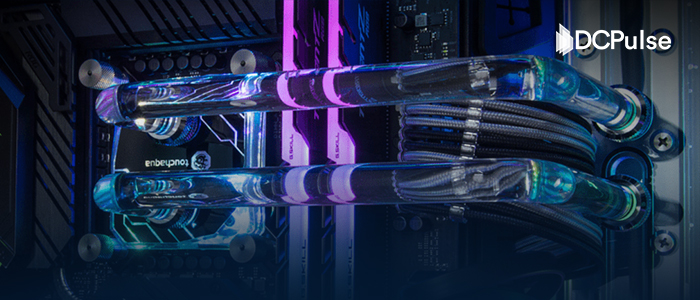
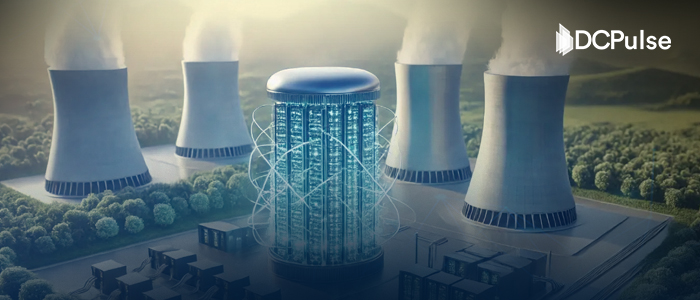

.jpg)